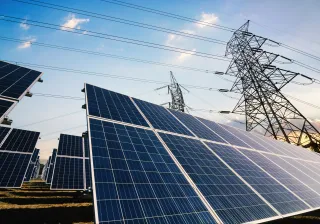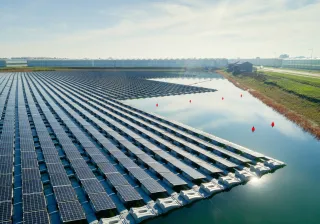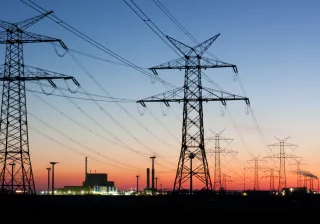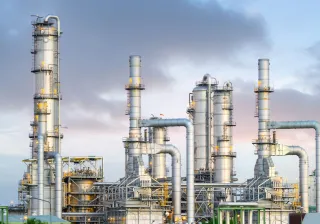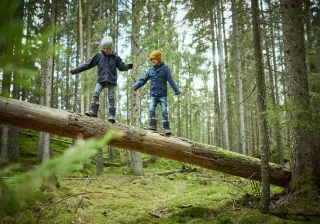The green transition can create up to EUR 85–100 billion of export opportunities for Finland. Companies are going full steam ahead for growth, and decision-making needs to keep up with the pace. If we don’t work as one front to promote the potential of the energy transition, there is a risk of missing out on the growth potential.
Public discourse on the green transition is all too often stuck on Finland’s investments in reducing climate emissions. We certainly have to manage our emissions, but we must not forget that the green transition can first and foremost drive Finland’s growth in the global market. The growing production of carbon-neutral and renewable electricity – and the potential for even greater growth – will attract industrial investments in Finland. There is already observable growth: in 2022, Finland saw green transition investment projects totalling between EUR 15 and 20 billion (1).
Getting rid of bottlenecks
We at VTT have been reflecting on the bottlenecks of the green transition, and we are developing solutions with our partners to overcome these challenges. We will be publishing the results of our reflections and examples of our solutions over the spring.
The green transition requires a systemic change that acknowledges the interdependencies between different sectors. One identified challenge is the path dependency of the green transition. This means that renewals are linked to existing solutions and infrastructure on the one hand, and to future needs on the other. We have to make the green transition happen in a way that our investments will still make sense in the future – in the energy sector, decisions are made for decades to come. We cannot replace current infrastructure prematurely, because that would not be economically or environmentally sustainable. We have to invest in solutions that are compatible with existing infrastructure.
Another challenge is that we need to examine different environmental impacts in a more versatile manner. Climate change is the biggest challenge of our time, but certainly not the only one – for example, the loss of biodiversity also poses serious threats to the environment. Decision-making has to account for environmental impacts comprehensively, as different technologies and solutions may have conflicting impacts on the environment.
Society has to prepare for new dependencies
Energy production will become increasingly dynamic in the future, but there will also be new variations in the use of energy, for example as electric cars and heat pumps grow more popular. This means that, in addition to energy efficiency, the timing of energy use will become all the more important.
Our society is increasingly dependent on continued access to energy. Climate change is causing more and more weather-related risks and natural disasters. At the same time, digitalisation can lead to new kinds of failures and human errors and enable criminal activities. For the green transition, it is important to make sure that our energy system is flexible and that we are prepared for these risks.
The green transition has also started to create new dependencies. As the production of wind and solar energy increases and the number of electric cars grows, we are using more and more critical raw materials. This concerns materials such as rare-earth elements and lithium. We need to find new, more effective ways of utilising metals and reducing their use or develop alternative solutions to using metals.
Technology is ready – commercialisation needs a boost
There are already many technically functional solutions for carrying out the green transition, for example through electrification and hydrogen. We also need research and development for solutions that are still in earlier stages. These solutions will not bring export wealth to Finland until they are placed on the market. This will require measures such as sufficient and correctly targeted RDI funding. We also have to educate experts and recruit specialists from abroad to make the potential of the green transition a reality.
Any technology cannot be released to the global market until it has been proven effective. This is why Finland needs new development and testing environments that will not trip over legislative challenges. In these environments, new solutions could be developed, tested, deployed and scaled up for international markets. The development of these environments will require a long-term and strategic approach: we have to select clear priorities so that they will complement instead of competing with each other.
For Finland, essential areas include smart and fossil-free solutions in industry, transport, the built environment and the energy system, the technologies and systems of hydrogen economy, high added value products and solutions related to the sustainable use of natural resources, and the reuse of carbon dioxide.
Setting the bar high enough
The importance of the green transition for Finland’s economic growth and well-being cannot be overstated. Now is the time to raise the bar high and seek growth ambitiously. A good innovation climate, sufficient RDI funding and investments in education, development and experimentation will help Finland in this direction.
(1) Report: Finland’s Moonshots for Green Growth by the Finnish Climate Leadership Coalition (CLC) and the Boston Consulting Group (BCG). The study estimates that the green transition can bring Finland 85–100 billion euros in export income by 2035.


